|
|
|
 Source: Matsuyama City Office, Ehime Prefecture
Source: Matsuyama City Office, Ehime Prefecture |
|
 Source: Matsuyama City Office, Ehime Prefecture
Source: Matsuyama City Office, Ehime Prefecture
|
|
 Source: Yamato-Cho, Yamaguchi Prefecture
Source: Yamato-Cho, Yamaguchi Prefecture
|
|

|
|

Source: Institute of Modern History, ACADEMIA SINICA |
|
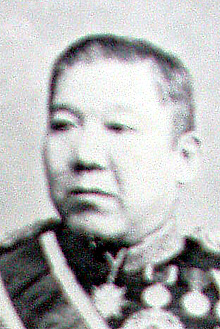
|
|
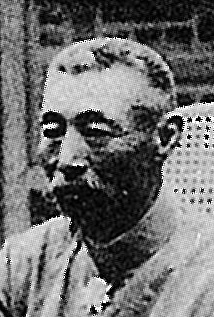
|
|

|
|
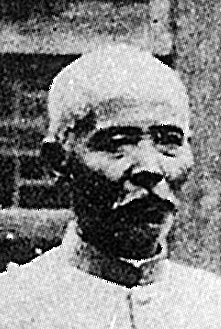
|
|
|
|
|
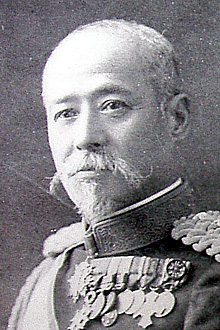
|
|

|
|

|
|
|
|
|
|
|
|

|
|

|
|

|
|

|
|

|
|
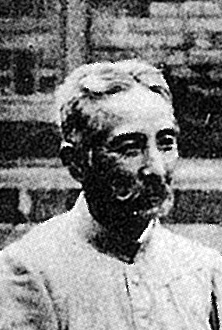 |
|
|
|
|

|
|

|
|
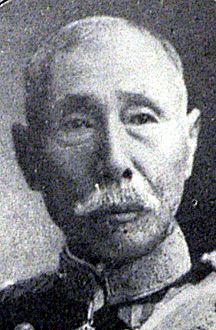
|
|

|
|
|
|
|

|
|

|
|


